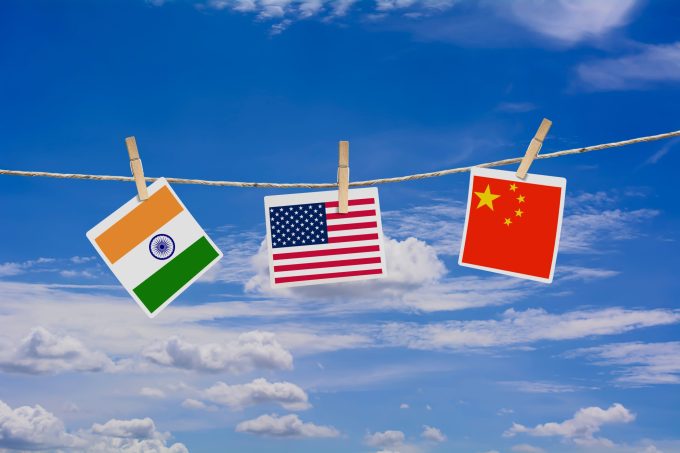De minimis exemption on shipments from China to the US will end in May
Ecommerce companies and airlines will be looking closely at the new de minimis treatment in ...

A glaring “target exclusion” in US president-elect Donald Trump’s initial tariff action plan has bred a sense of euphoria among Indian shippers and industry stakeholders eyeing further gains from the trade diversification in Asia.
Mr Trump, in a public announcement last week, trained his tariff guns on China, Mexico and Canada, with an additional 10% load threatened on Chinese imports, while the neighbour countries face a 25% tariff.
That’s good news for an Indian export trade facing demand challenges, and ...
Volcanic disruption at Anchorage could hit transpacific airfreight operations
Macron calls for ‘suspension’ – CMA CGM's $20bn US investment in doubt
Forwarders stay cool as US 'liberation day' tariffs threaten 'global trade war'
De minimis exemption on shipments from China to the US will end in May
Shippers snap up airfreight capacity to US ahead of tariff deadline
Tighter EU import requirements proving 'a challenge' for forwarders
Looming Trump tariffs will create 'a bureaucratic monster' for Customs

Comment on this article